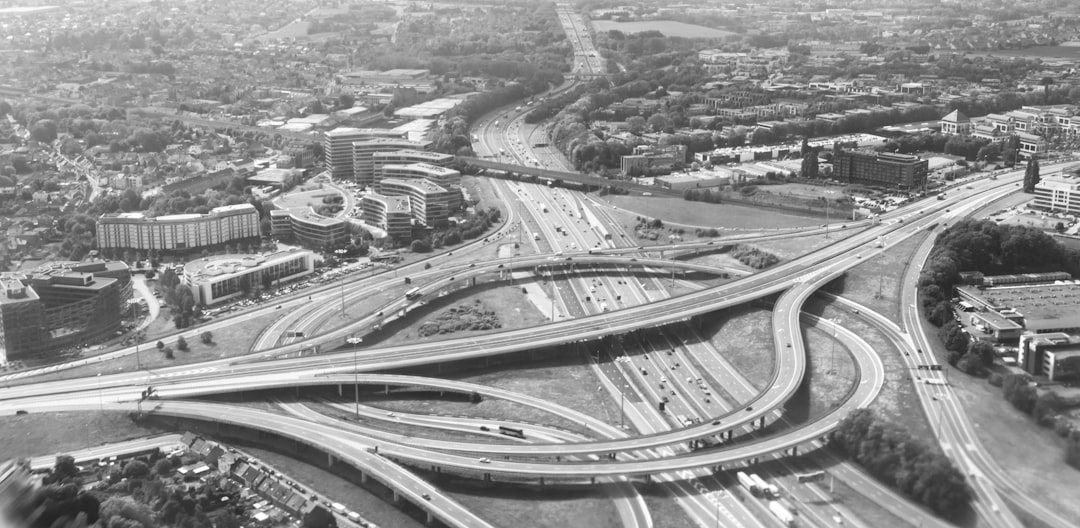What is it about?
We examine how planners in Malmo, Sweden use eco-districts to integrate all aspects of their climate plans. Planners are creating transit-oriented areas that employ green stormwater infrastructure, renewable energy and social services in the city's neighborhoods, including low-income areas. Staff from various departments are engaged in active learning about what works, what doesn't and how to fix problems.
Featured Image
Why is it important?
Two reasons. First, eco-districts are sometimes critiqued for creating "eco-gentrification." Malmo planners show how the same integrated approach is working to revitalize poor neighborhoods. Second, climate action planning is relatively new and a lot of mistakes can be made. We see institutionalization of learning so progress is ongoing.
Perspectives
Cities throughout the world are attempting to create various forms of eco-districts. I think this article will inform planners and policy makers on how they can help a city accelerate climate action planning. Focusing on social justice as part of the sustainability equation is important to me. Malmo demonstrates how to create affordable green communities.
Prof. Joan Fitzgerald
Northeastern University
Read the Original
This page is a summary of: Eco-districts: can they accelerate urban climate planning?, Environment and Planning C Government and Policy, December 2015, SAGE Publications,
DOI: 10.1177/0263774x15614666.
You can read the full text:
Contributors
The following have contributed to this page










